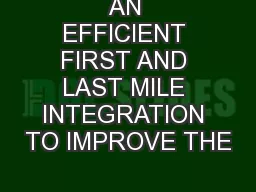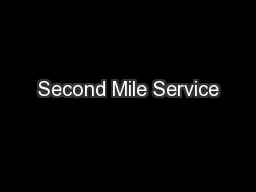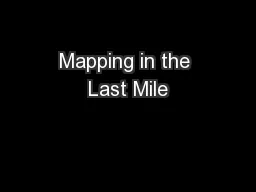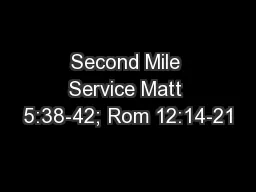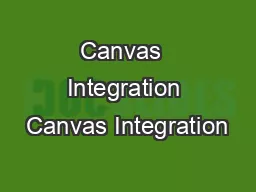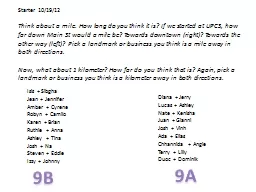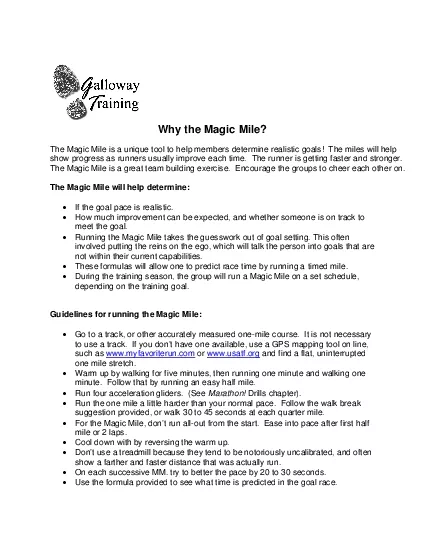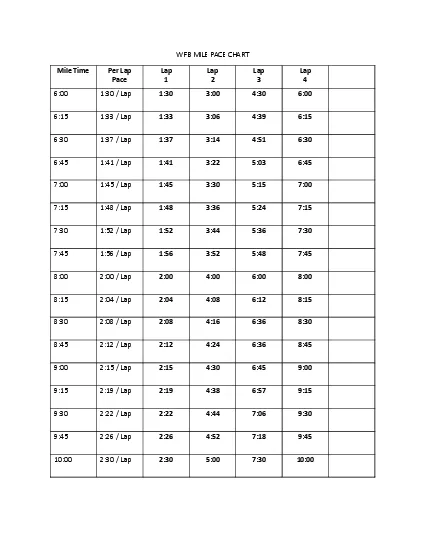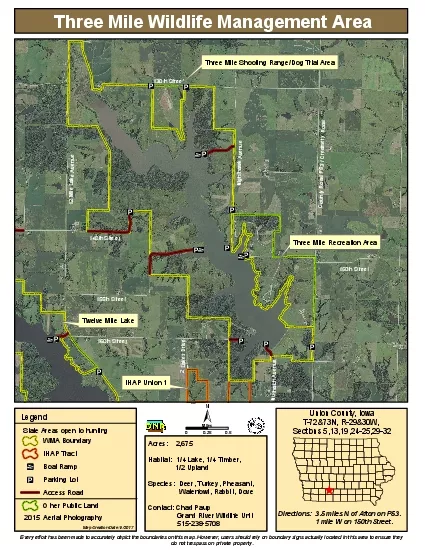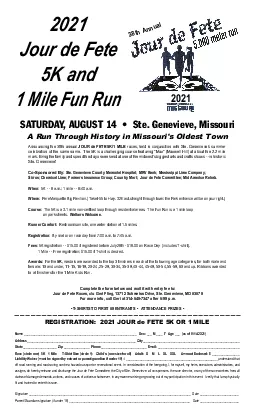PPT-AN EFFICIENT FIRST AND LAST MILE INTEGRATION TO IMPROVE THE
Author : lois-ondreau | Published Date : 2017-11-02
Ubiquity Consulting Stéphanie Priou Transport amp Mobility Consultant in Session Approaches to future mobility solutions Friday 2 June 2017 INTRODUCTION MODES
Presentation Embed Code
Download Presentation
Download Presentation The PPT/PDF document "AN EFFICIENT FIRST AND LAST MILE INTEGRA..." is the property of its rightful owner. Permission is granted to download and print the materials on this website for personal, non-commercial use only, and to display it on your personal computer provided you do not modify the materials and that you retain all copyright notices contained in the materials. By downloading content from our website, you accept the terms of this agreement.
AN EFFICIENT FIRST AND LAST MILE INTEGRATION TO IMPROVE THE: Transcript
Download Rules Of Document
"AN EFFICIENT FIRST AND LAST MILE INTEGRATION TO IMPROVE THE"The content belongs to its owner. You may download and print it for personal use, without modification, and keep all copyright notices. By downloading, you agree to these terms.
Related Documents

